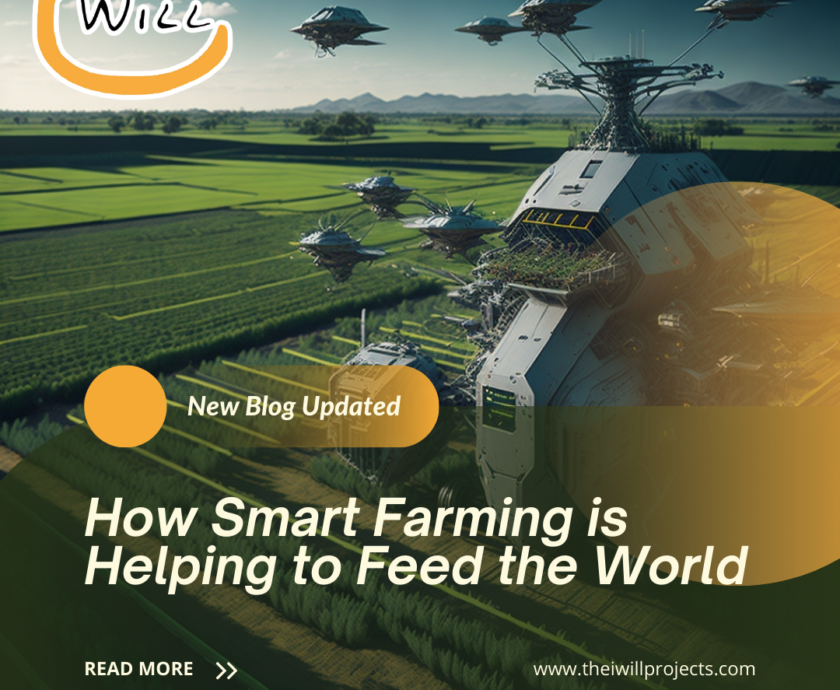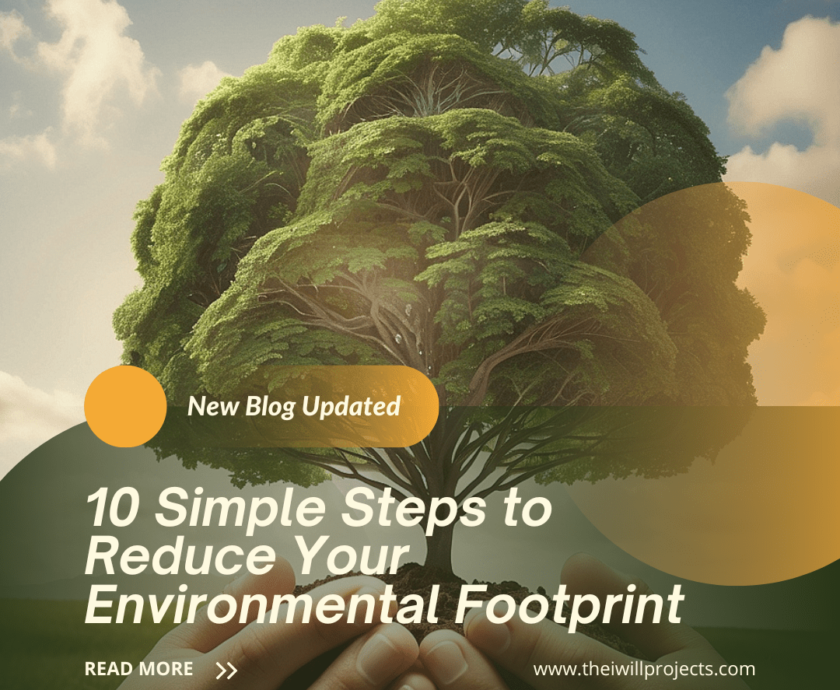“Waste is a resource in the wrong place.” — Anonymous
TweetTable of contents
Introduction
In a world increasingly focused on sustainability, the concept of turning trash into energy has emerged as a revolutionary solution to two global challenges: waste management and the energy crisis.
The transformation of waste into usable energy not only addresses the growing problem of landfill overflow but also reduces dependence on fossil fuels, fostering a cleaner and greener planet.
Let us explore this innovative approach in detail, from its processes to its immense potential for reshaping the future.

Harnessing Energy from Waste
Turning trash into energy refers to the process of converting solid waste into usable forms of energy such as electricity, heat, or fuel.
This process, often referred to as Waste-to-Energy (WTE), employs advanced technologies to harness the latent energy within waste materials.
Rather than allowing waste to decompose in landfills, these technologies extract value from it, reducing environmental pollution and providing renewable energy.
Technologies Behind Trash-to-Energy Transformation
1. Incineration with Energy Recovery
Incineration is one of the most common methods of turning trash into energy.
Solid waste is combusted at high temperatures in specially designed facilities.
The heat produced during combustion is used to generate steam, which powers turbines to produce electricity.
- Benefits of Incineration:
- Significant reduction in waste volume (up to 90%).
- Mitigation of methane emissions from decomposing waste in landfills.
- Renewable energy generation from non-recyclable materials.
2. Anaerobic Digestion
Organic waste, such as food scraps and agricultural by-products, can be broken down by microorganisms in the absence of oxygen through anaerobic digestion.
This process generates biogas, a mixture of methane and carbon dioxide, which can be used for heating, electricity, or as a vehicle fuel.
- Advantages:
- Effective in managing organic waste.
- Production of nutrient-rich digestate that can be used as fertilizer.
- Reduction in greenhouse gas emissions.
3. Gasification and Pyrolysis
Both gasification and pyrolysis involve the thermal decomposition of waste in low-oxygen environments.
These processes produce syngas (a mix of hydrogen and carbon monoxide) and bio-oil, which can be used to generate power or as industrial feedstock.
- Key Features:
- High efficiency in energy recovery.
- Can process a wide range of waste types.
- Reduction of toxic emissions compared to traditional incineration.
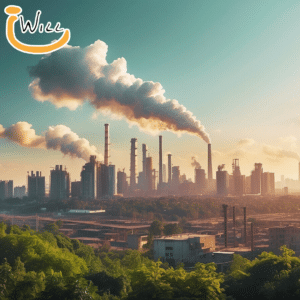
The Environmental Impact of Turning Trash into Energy
1. Reducing Landfill Dependence
Landfills are a significant source of methane, a potent greenhouse gas.
By diverting waste from landfills to Waste-to-Energy facilities, we can dramatically cut down methane emissions, contributing to climate change mitigation.
2. Lowering Fossil Fuel Consumption
Every ton of waste converted into energy reduces the need for fossil fuel-based power generation. This transition supports global efforts to achieve carbon neutrality.
3. Minimizing Pollution
Modern Waste-to-Energy technologies are designed with advanced emission controls to minimize the release of pollutants.
Scrubbers, filters, and catalytic converters ensure that air quality standards are met.
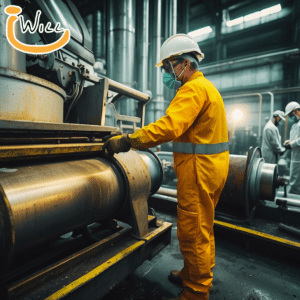
Economic Benefits of Waste-to-Energy
1. Job Creation
The establishment and operation of Waste-to-Energy plants generate employment opportunities in various sectors, including engineering, construction, and maintenance.
2. Energy Cost Savings
The energy produced from waste is often cheaper than traditional energy sources, making it an economically viable alternative.
3. Revenue from By-Products
The by-products of Waste-to-Energy processes, such as metals and ash, can be sold or repurposed, creating additional revenue streams.
Challenges in Adopting Waste-to-Energy Solutions
Despite its numerous benefits, turning trash into energy faces several challenges:
- High Initial Costs: Setting up Waste-to-Energy facilities requires substantial investment.
- Public Perception: Misconceptions about emissions and pollution can hinder community acceptance.
- Waste Segregation Issues: Effective waste segregation is crucial for the efficiency of these technologies.
Addressing these challenges through education, government incentives, and technological advancements is critical for widespread adoption.
Case Studies
1. Sweden: A Global Leader
Sweden has become a global leader in Waste-to-Energy, with over 50% of its waste converted into energy. The country even imports waste from other nations to fuel its WTE plants.
2. Singapore’s Tuas Incineration Plant
Singapore’s state-of-the-art Tuas Incineration Plant is an exemplary model of efficiency, processing over 2,900 tons of waste daily while generating electricity for thousands of homes.
3. United States: Covanta Energy
Covanta, now Reworld, operates multiple Waste-to-Energy facilities across the U.S., showcasing the feasibility of scaling these solutions in diverse regions.
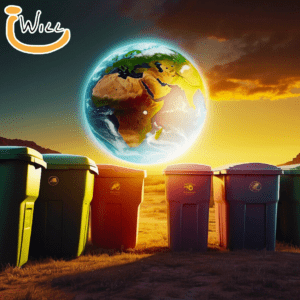
Conclusion
The future of turning trash into energy is bright, with ongoing advancements in technology poised to make it even more efficient and environmentally friendly.
Innovations in artificial intelligence, robotics, and materials science are expected to enhance waste sorting, processing, and energy recovery.
Additionally, global policies and commitments to sustainable practices are likely to drive further investments in this transformative industry.
As the world grapples with the dual challenges of waste management and energy demand, Waste-to-Energy offers a compelling pathway toward a cleaner, more sustainable future.
FAQs
What is the primary goal of turning trash into energy?
The primary goal is to manage waste efficiently while generating renewable energy, reducing landfill dependency, and lowering greenhouse gas emissions.
What types of waste can be used in Waste-to-Energy processes?
Various types of waste, including municipal solid waste, organic waste, industrial by-products, and certain plastics, can be processed for energy recovery. However, proper sorting and segregation are crucial for optimal efficiency.
Is turning trash into energy environmentally friendly?
Yes, modern Waste-to-Energy technologies are designed to minimize emissions and pollution. Advanced filters and scrubbers ensure compliance with strict environmental standards, making it a cleaner alternative to landfilling.
How does Waste-to-Energy compare to recycling?
Waste-to-Energy complements recycling. While recycling focuses on reusing materials, Waste-to-Energy processes non-recyclable waste to extract energy, ensuring minimal waste is left unmanaged.
What are the costs involved in setting up Waste-to-Energy facilities?
Initial costs can be high due to infrastructure and technology investments. However, these facilities often provide long-term economic benefits through energy production, reduced landfill expenses, and by-product revenues.
Can Waste-to-Energy solve the global waste crisis?
While it is not a standalone solution, Waste-to-Energy plays a significant role in reducing landfill overflow and generating renewable energy. Combined with recycling and waste reduction initiatives, it can greatly mitigate the global waste crisis.
Are Waste-to-Energy facilities safe for communities?
Yes, Waste-to-Energy facilities are built with strict safety measures and advanced emission controls, ensuring they operate safely without harming local communities or the environment.
The I Will Projects, a 501c3 Non-Profit, promotes diverse solutions for global challenges. Our IFIZ education programs, emphasizing aquaponics, and insect farming, empower communities through knowledge, collaboration, and sustainable innovation.











